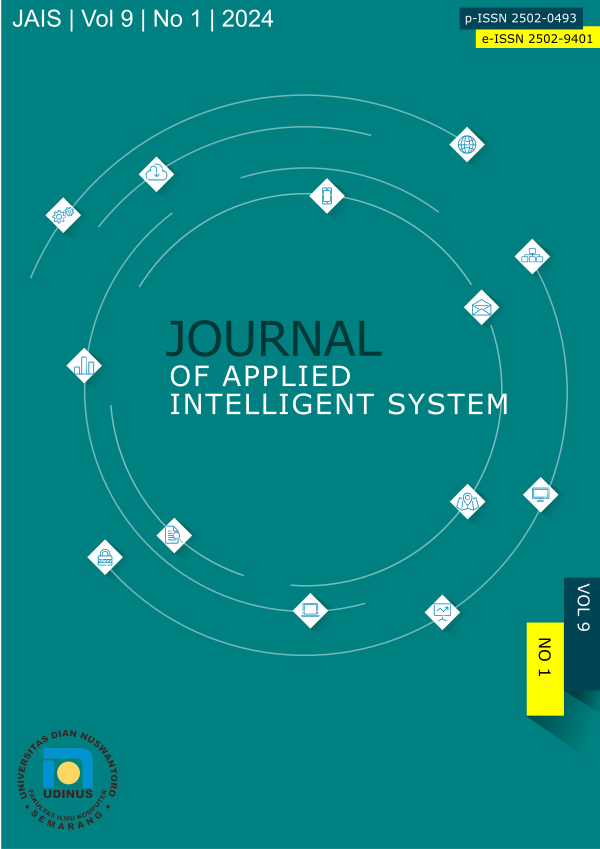Analysis of Inter-Subject and Session Variability using Brain Topographic Map
DOI:
https://doi.org/10.62411/jais.v9i1.10051Abstract
The study described investigates the application of Brain-Computer Interface (BCI) technology, focusing on Motor Imagery (MI) signals which enable individuals to control movements through mental visualization. A major challenge in this field is accurately distinguishing between different movements, particularly when dealing with data from multiple subjects and recording sessions, known as inter-subject and inter-session variability. To address this, the authors employ the Wavelet Packet Transform-Common Spatial Patterns (WPT-CSP) method to enhance the resolution of MI signals. They visualize the results using Brain Topographic Maps (Topomaps) to depict brain activity during MI tasks, facilitating the analysis of variability across subjects and sessions. Utilizing dataset 2a from the Brain-Computer Interface Competition (BCIC) IV, the study demonstrates the efficacy of this approach in identifying variability patterns. This research holds promise for improving BCI technology applications in various domains, and future work could explore refining signal processing techniques and validation on larger datasets. Topomap.Downloads
Published
2025-04-21
Issue
Section
Articles
License
Copyright (c) 2024 Dio Alif Pradana, Fachruddin Ari Setiawan, Iim Nandang

This work is licensed under a Creative Commons Attribution-NonCommercial 4.0 International License.
- Authors retain copyright and grant the journal right of first publication with the work simultaneously licensed under a Creative Commons Attribution License that allows others to share the work with an acknowledgment of the work's authorship and initial publication in this journal.
- Authors are able to enter into separate, additional contractual arrangements for the non-exclusive distribution of the journal's published version of the work (e.g., post it to an institutional repository or publish it in a book), with an acknowledgment of its initial publication in this journal.
- Authors are permitted and encouraged to post their work online (e.g., in institutional repositories or on their website) prior to and during the submission process, as it can lead to productive exchanges, as well as earlier and greater citation of published work (See The Effect of Open Access).









